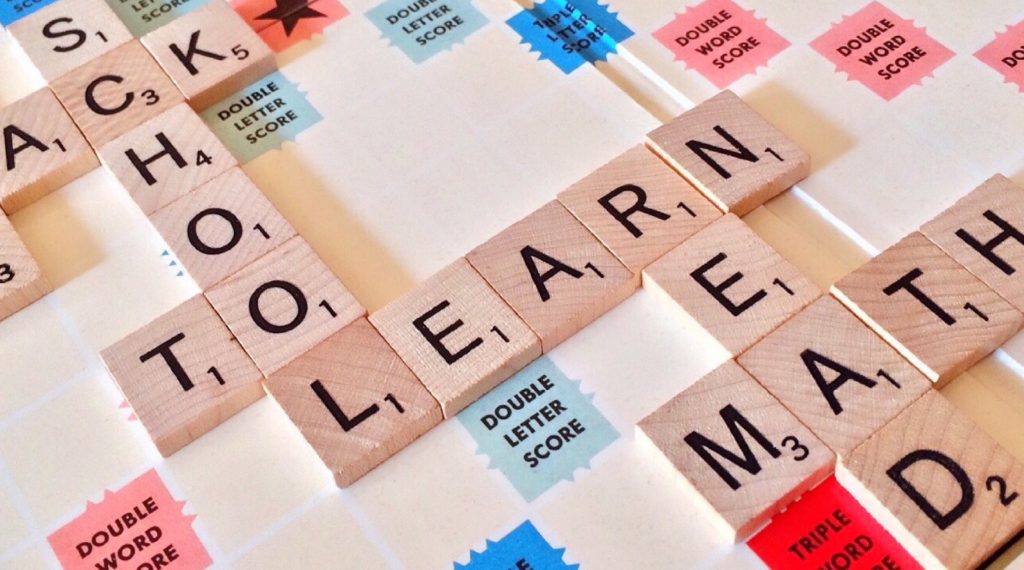Using games has always been an effective teaching strategy, regardless of age group. Many educators have been able to teach complex ideas using games because a person’s mind is more attuned to learning when it’s having fun. Even teenagers, famous for their apathy and angst, benefit greatly from educational games, provided that the right type of game is played!
We’ve compiled a list of educational games that includes activities for both primary and high school students. Encourage your students to share their favorite games too!
What Are Educational Games?
Educational games are fun activities that are meant to teach a variety of subjects via an interactive learning experience. Educational games can be used to teach English, arts, history, music, and even hard subjects like algebra, trigonometry, chemistry, or physics.
But educational games don’t just teach the subject, it also teaches them soft skills like logical thinking, social interaction, and even enhancing their cognitive processes. Educational games are designed to both meet the academic needs of the students while teaching them how to apply the lessons in a practical way for real-world scenarios.
For teenagers and older students, educational games help reinforce specific lessons and also create situations that provide them with context from which they can form more solid opinions and positions.
Charades
Similar to Pictionary, charades is a game where students guess a particular object, scene, or scenario by using actions and miming. It’s a great game for students to express them physically and helps them loosen up in front of crowds.

Number of participants:
Charades require a minimum of 4 players and a maximum of 10.
You will need:
Pen and paper for keeping score and small slips of paper with the object/scene/scenario that the partner must guess.
Setup:
List down a number of objects, scenes, scenarios, songs, or films that are related to your subject. Ask the students to re-enact or act out what is written down on the paper.
How to play:
- Divide the participants into groups of 2 to 4.
- One person from each group goes to the front and chooses a slip of paper. They must not show their group what’s written on the slip.
- Have the participant act out what is written down. They’re not allowed to speak or make sounds, nor can they use sign language to convey the message.
- Their team has 30 seconds to guess what is being acted out. If they can’t guess it, other teams can “steal” the point by guessing after the original team has conceded.
Charades helps students express themselves in a physical and kinetic way, helping them practice both their spatial reasoning, critical thinking skills, and public performance. However, take note that shy students may have difficulty getting into it. Do not force them; rather, make them part of the guessers or as official scorekeepers/timekeepers.
Pictionary
Pictionary is a great way for students to practice their creative and cognitive skills by tasking them to draw and sketch pictures for their teammates to guess. Not only will it give them an opportunity to learn about a particular subject from a visual and kinetic perspective, but it also gives them an opportunity to flex their imaginative muscles!

Number of participants:
Pictionary requires a minimum of 4 players and a maximum of 10.
You Will Need:
- Whiteboard, or large sheets of paper
- Markers, pens, crayons
Setup:
- Divide your students into teams of two. It’s better to keep the number of participants in each team at two, as having more than that can be confusing.
- Prepare a list of items or scenes that the groups will draw. Try to make it relevant to your subject but also make it interesting enough for teenagers.
How to play:
- Have 1 participant per team pick out an on object or scene to draw without revealing it to their teammate.
- The person then tries to draw the object or scene and their partner has to guess what they’re drawing. They cannot write down words or talk.
- The partner has 30 seconds to guess the drawing.
- If the partner can’t answer it, the other teams can “steal” the answer.
Name That Tune
According to researchers, the average teenager listens to more than 10,000 hours of music from grades seven to 12, more if they’re artistically inclined. So it’s no surprise that games involving music are extremely useful in teaching teenagers lessons in a variety of subjects.
This game uses minimal materials but it does require the participation of everyone in the group to make it more fun and educational!

Number of participants:
Minimum of 2 players, but the more the merrier!
You Will Need:
- A music player
- A comprehensive music library and/or playlist
- Pen and paper
Setup:
- Form students into groups. Moderate the game by making sure everyone gets a chance to guess the tune
- Create a playlist that contains songs from a variety of genres, from classical and jazz, to pop and punk, even electronic music.
How to play:
- Pick a random song from the playlist and play a few seconds of it for everyone to hear.
- Participants are given 20 seconds to guess the name of the song, artist, genre, or any other details that you would like for them to guess.
- If no one gets the answer right, the moderator reveals the answer.
- Play as many rounds as you’d like
Use this game as a way to explain music elements or poetic structures. It can also be used to help students make sense of their emotions by asking them to elaborate what emotion the song evokes in them and why.
Pictionary allows participants to practice their drawing and critical thinking skills and help them convey complex ideas using simple diagrams/drawings, while the guessers are able to practice their critical thinking by trying to guess what the drawing is via context clues.
Finding games that your students will engage in means finding ways to make it relevant to them. As an educator, this helps you to think critically by figuring out how to meld your subjects with the interests of teens.
